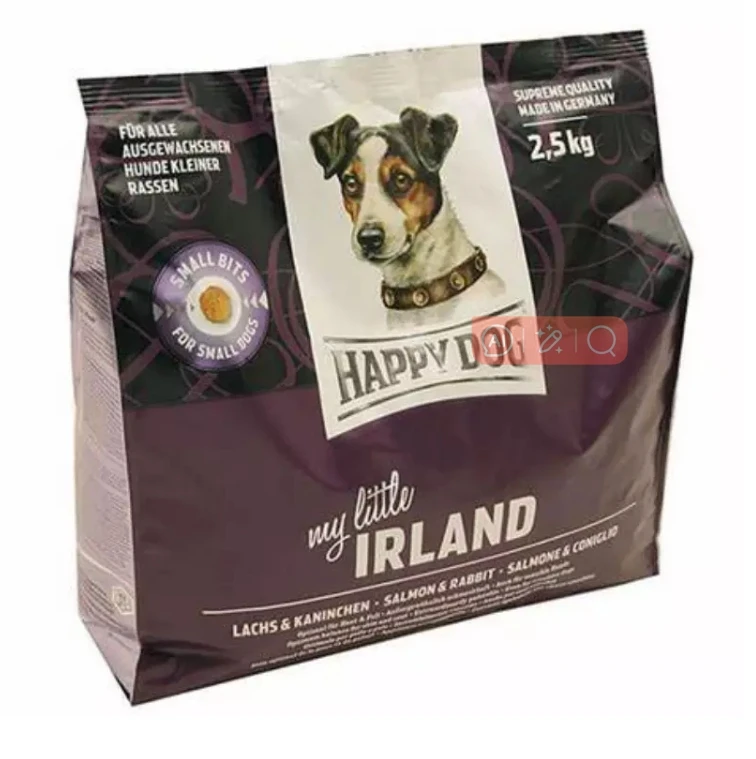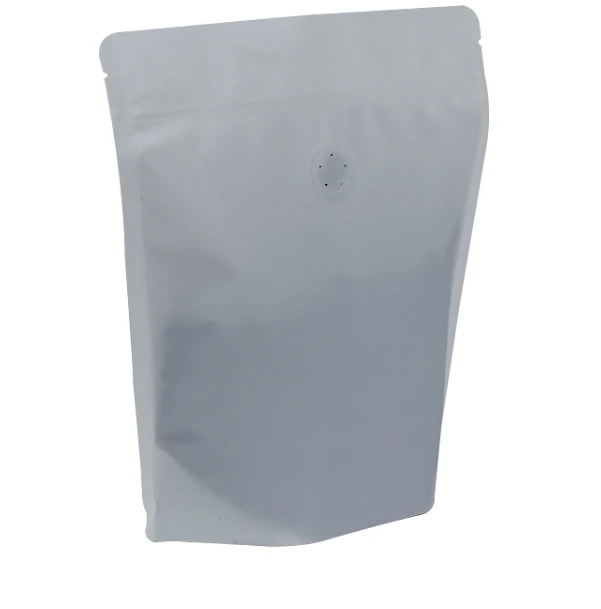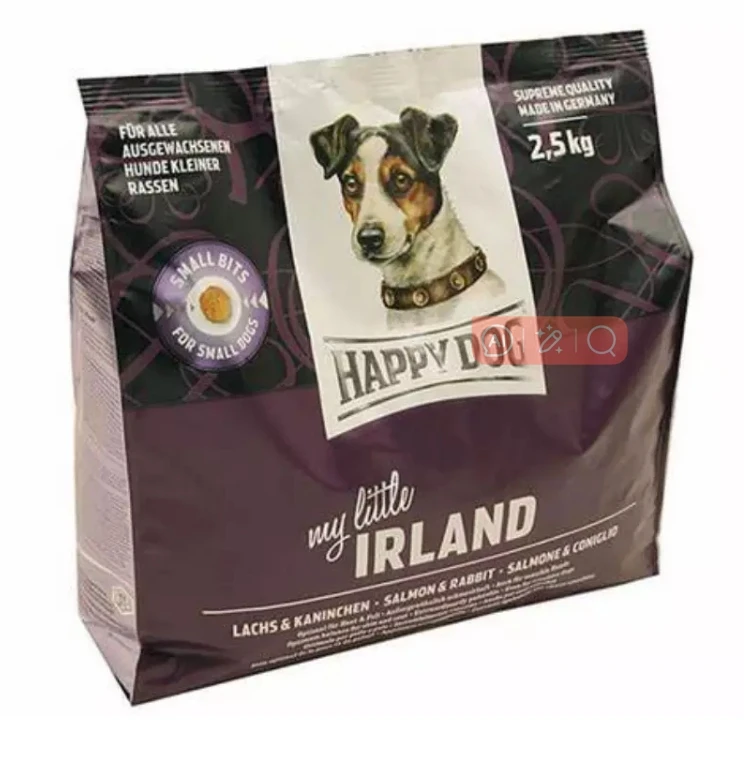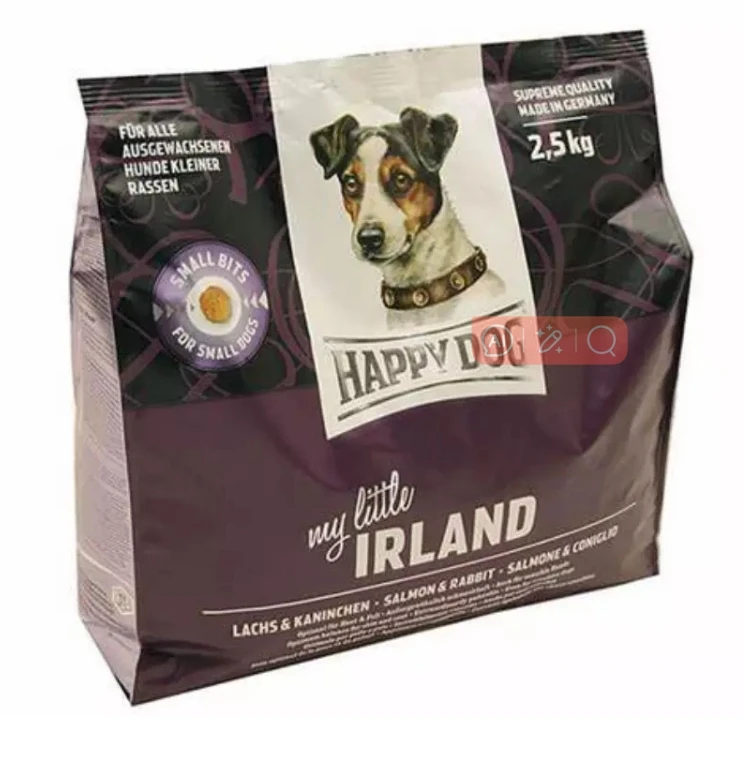- Afrikaans
- Albanian
- Amharic
- Arabic
- Armenian
- Azerbaijani
- Basque
- Belarusian
- Bengali
- Bosnian
- Bulgarian
- Catalan
- Cebuano
- chinese_simplified
- chinese_traditional
- Corsican
- Croatian
- Czech
- Danish
- Dutch
- English
- Esperanto
- Estonian
- Finnish
- French
- Frisian
- Galician
- Georgian
- German
- Greek
- Gujarati
- haitian_creole
- hausa
- hawaiian
- Hebrew
- Hindi
- Miao
- Hungarian
- Icelandic
- igbo
- Indonesian
- irish
- Italian
- Japanese
- Javanese
- Kannada
- kazakh
- Khmer
- Rwandese
- Korean
- Kurdish
- Kyrgyz
- Lao
- Latin
- Latvian
- Lithuanian
- Luxembourgish
- Macedonian
- Malgashi
- Malay
- Malayalam
- Maltese
- Maori
- Marathi
- Mongolian
- Myanmar
- Nepali
- Norwegian
- Norwegian
- Occitan
- Pashto
- Persian
- Polish
- Portuguese
- Punjabi
- Romanian
- Russian
- Samoan
- scottish-gaelic
- Serbian
- Sesotho
- Shona
- Sindhi
- Sinhala
- Slovak
- Slovenian
- Somali
- Spanish
- Sundanese
- Swahili
- Swedish
- Tagalog
- Tajik
- Tamil
- Tatar
- Telugu
- Thai
- Turkish
- Turkmen
- Ukrainian
- Urdu
- Uighur
- Uzbek
- Vietnamese
- Welsh
- Bantu
- Yiddish
- Yoruba
- Zulu
plastic ziplock bag
The Versatility and Importance of Plastic Ziplock Bags
Plastic ziplock bags, a staple in many kitchens and households, are simple yet invaluable tools that have transformed the way we store and organize food, crafts, and various household items. Their design, which features a secure zip closure, offers a convenient and reliable way to keep contents fresh and safe from contaminants. In this article, we will explore the various uses, benefits, and environmental considerations surrounding plastic ziplock bags.
Convenient Food Storage
One of the most common uses for plastic ziplock bags is in the realm of food storage. These bags are perfect for keeping leftovers, snacks, and meal preps organized and fresh. Their airtight seal prevents air from entering, which helps retain the quality of the food inside. Whether you're portioning out fruits and vegetables, marinating meats, or storing dry goods, ziplock bags provide a space-saving alternative to traditional containers.
Moreover, these bags come in various sizes, accommodating everything from sandwich-sized meal portions to larger gallon-sized bags for bulk items. Their transparency allows users to easily identify their contents, making it simple to find what you need without rummaging through your pantry or fridge.
Crafting and Organization
Beyond food storage, plastic ziplock bags serve a multitude of purposes in arts and crafts, as well as home organization. Crafters often use them to store supplies like beads, buttons, and threads, keeping everything neatly contained and easy to access. For home organization, they’re perfect for grouping small items such as nails, screws, or batteries, preventing clutter and helping maintain an orderly space.
plastic ziplock bag

Travelers also benefit from ziplock bags. They can securely hold toiletries, snacks, and even electronics in one easily identifiable package, making them particularly useful for airport security where liquids must be stored in clear containers.
Sustainability Considerations
While plastic ziplock bags offer numerous conveniences, they also raise environmental concerns. The majority of these bags are made from polyethylene, a type of plastic that can take hundreds of years to decompose in landfills. As awareness about plastic pollution grows, many consumers are seeking alternatives to single-use plastics, leading to an increased interest in reusable ziplock bags made from silicone or other sustainable materials.
By opting for reusable versions, individuals can significantly reduce their environmental impact. These bags often come with the same ease of use and convenience as traditional ziplock bags but can be washed and used repeatedly, making them a more eco-friendly option. Additionally, some companies are developing biodegradable ziplock bags that break down more quickly than their conventional counterparts.
Conclusion
Plastic ziplock bags are more than just a simple storage solution; they are a multifunctional tool used in various aspects of daily life. From keeping food fresh to organizing small items, their versatility is unmatched. However, as we become more conscious of our environmental footprint, it’s crucial to consider sustainable alternatives and practices that can minimize waste. By balancing convenience with environmental responsibility, we can continue to enjoy the benefits of ziplock bags while being mindful of our planet. Ultimately, the key is to make informed choices that contribute positively to both our lives and the environment. Whether you choose single-use or reusable bags, the role of these handy storage solutions in modern living is undeniable.













